ASCI 440 Lab Final
1/70
There's no tags or description
Looks like no tags are added yet.
Name | Mastery | Learn | Test | Matching | Spaced |
|---|
No study sessions yet.
71 Terms
negative
Blue bottle for mastitis
bead with antibodies (all of them go on the bottom row)
White bottle for mastitis
beads without antibodies (all of them go on the top row)
Green bottle for mastitis
positive
Red bottle for mastitis
blue
Elisa positive wells are what color?
colorless
Eliza negative well are what color?
connects to antibody and reacts with the enzyme to change color
SA (secondary antibody) purpose
400 mL
What amount of mL should you start with for a 1:5 dilution to end with 500mL total
single radial immunodiffusion
what does RID stand for?
determines concentration of antibodies, antigens, compliment proteins
what does RID do?
True
T/F: standard antigen solution have known concentrations
Agar containing antibody molecules (molten Agar)
what type of Agar is used for RID
precipitation reaction
what kind of reaction occurs when optimal amount of antibody and antigen are bound in RID
agar with no antibodies
What kind of agar does Double Immunodiffusion use?
line of precipitation is formed
what occurs at the zone of equivalence in double immunodiffusion?
towards
antibody and antigen diffuse ___ each other
precipitation lines will fuse and result in arc shaped precipitation band
Identical antigens in double immunodiffusion
two precipitation lines will be formed and they will cross each other
Non-identical antigens in double immunodiffusion
share one or more epitopes. incomplete cross or an arc with a spur
partially identical antigens in double immunodiffusion
10^4 cells/mL
Magic number
# cells x dilution x 10^4 cells/mL
equation to find cells/mL
cells will burst because of osmosis
why don't we dilute with water?
equivalence
Zone: the number of the antigen determinants was equal to the number of active antibodies centres, irrespective of the heterogeneity of the latter
antigen-excess
Zone: more antigens than antibodies
antibody-excess
Zone: more antibodies than antigens
dilution factor = x / (x+Vfinal)
formula for serial dilutions
enzyme-linked immunosorbent assay
what dies ELISA stand for?
they change color
why are enzymes used in ELISA testing?
pregnancy
what antibody-based tests can you buy at your local pharmacy?
55
what percent of the blood is plasma?
45
what percent of blood do the erythrocytes make up?
what is the buffy coat
the appearance of the layer which is made up of white blood cells
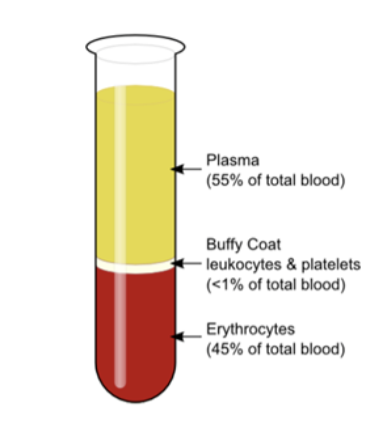
lymphocytes
first peak of flow cytometry graph
monocytes
second and smallest peak of the flow cytometry graph
granulocytes: eosinophils, neutrophils, and basophils
last and widest peak of the flow cytometry graph
CD4
Co-receptor for the T-Cell receptor, specifically T-helper cells
CD8
marker for cytotoxic T cells
Ig
marker for plasma
CD16
marker for monocytes, neutrophils, and NK cells
marks cytotoxic and helper T cells
CD3
monocyte

lymphocyte
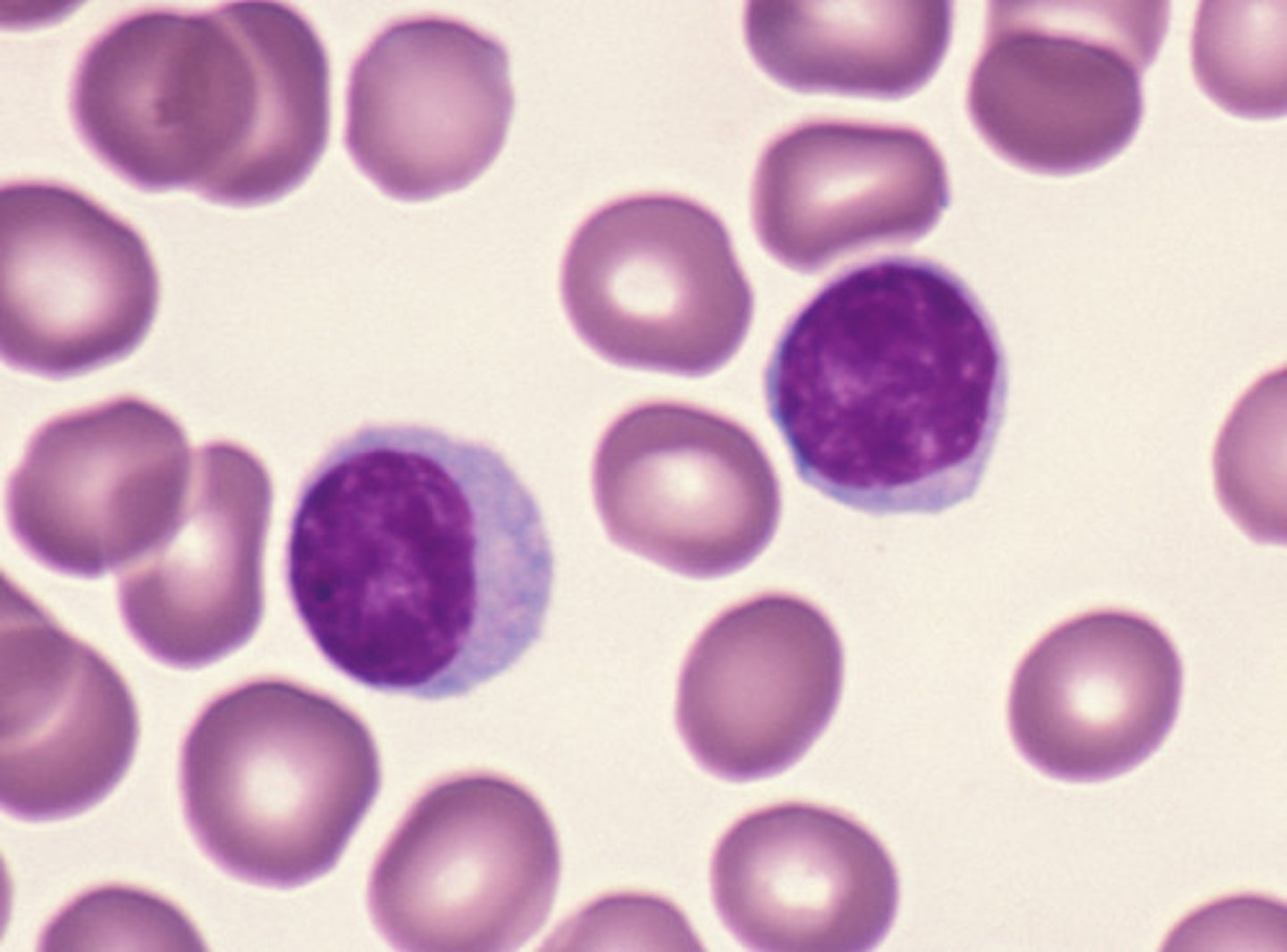
neutrophil

eosinophil

basophil
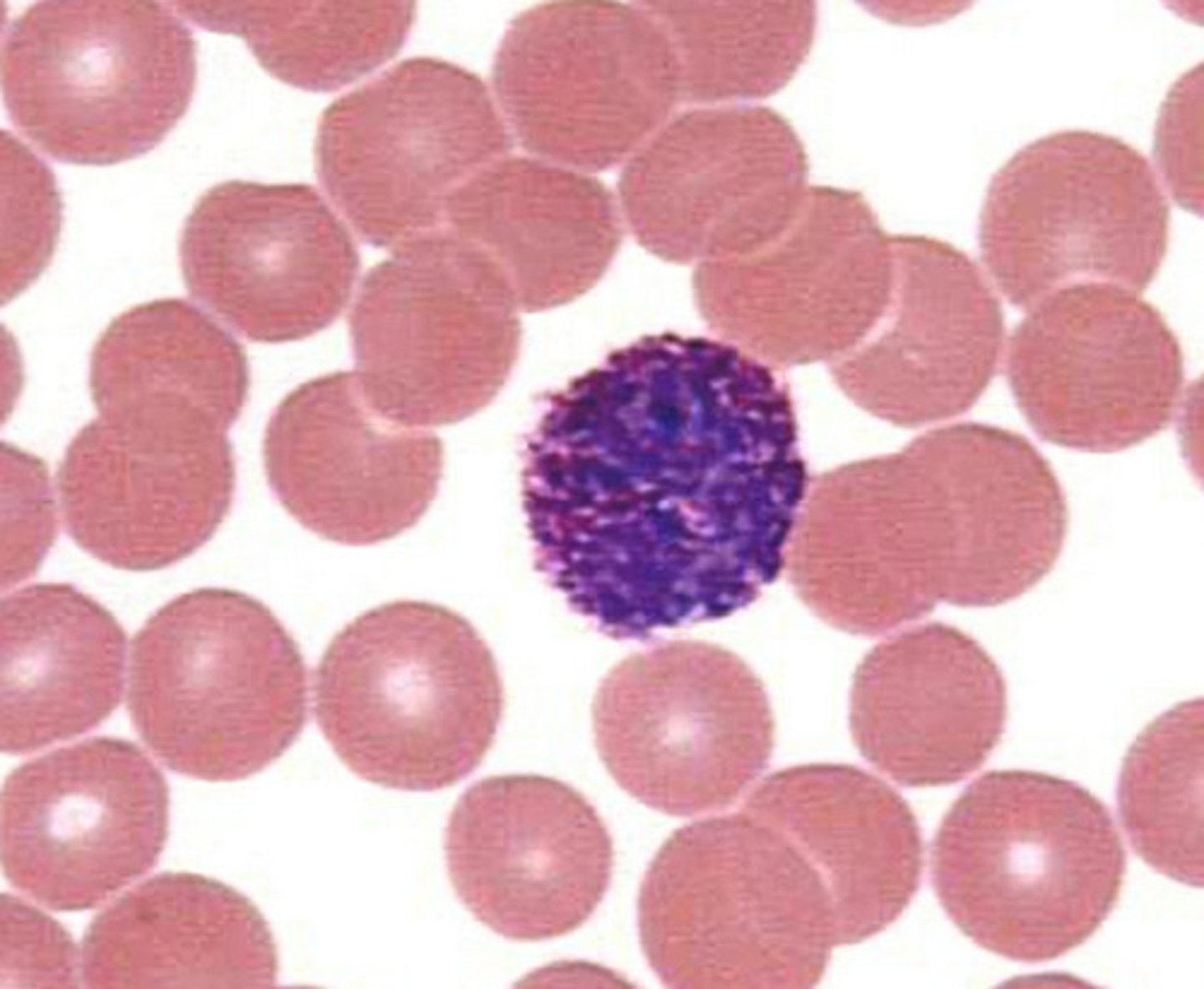
revolving nose piece
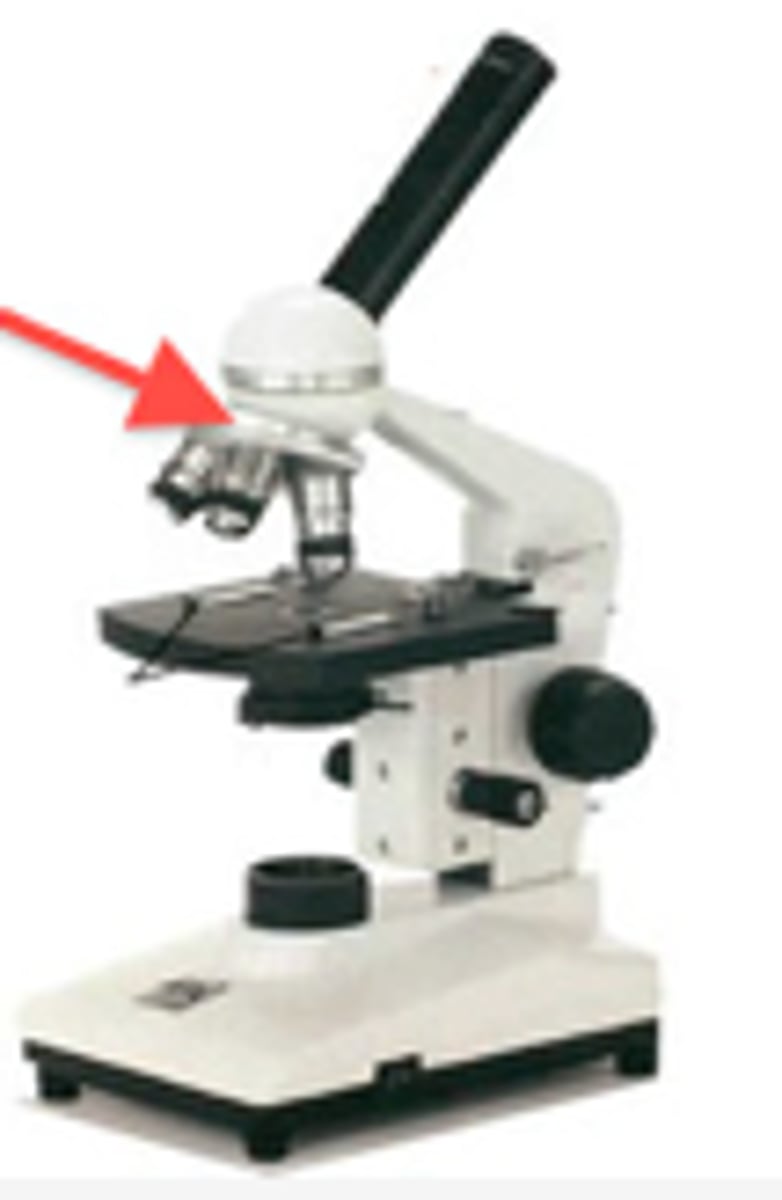
objective lens
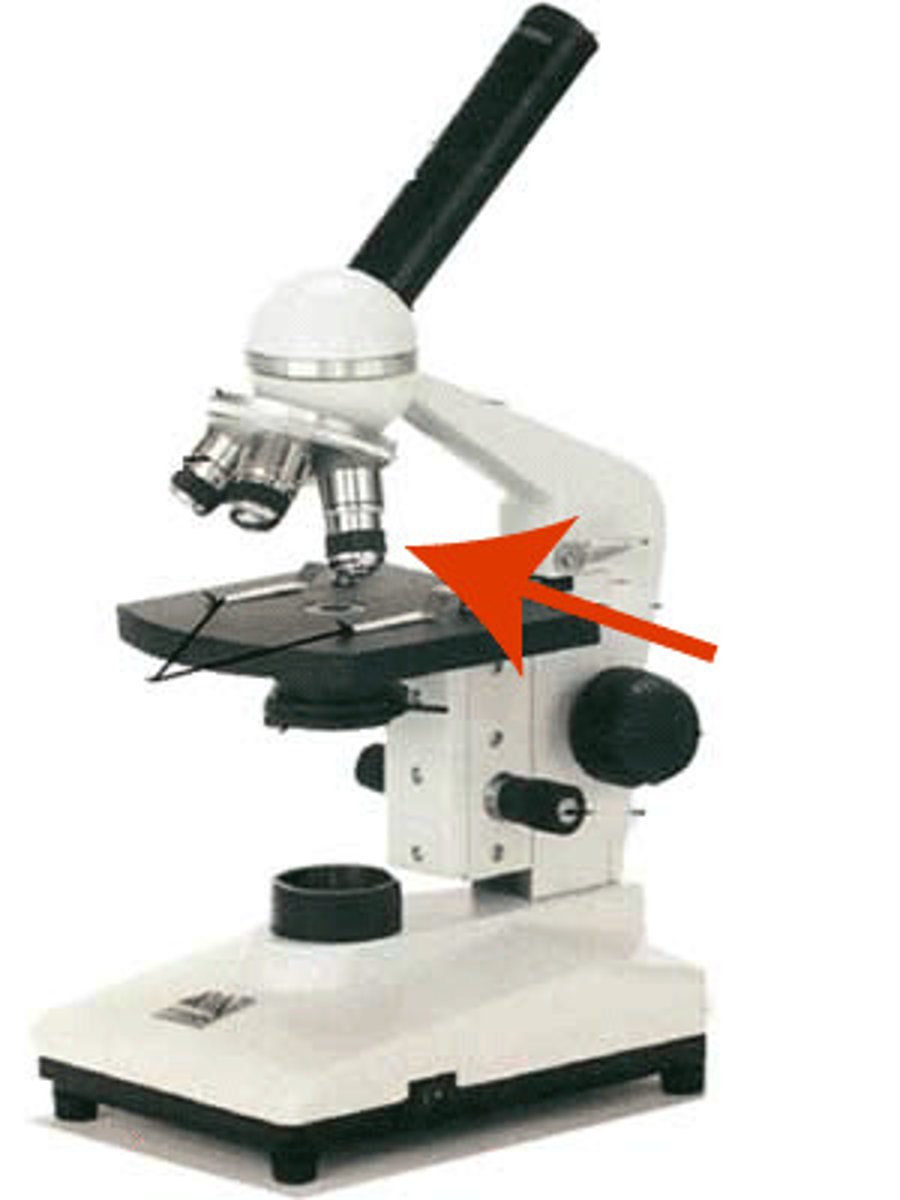
stage clip
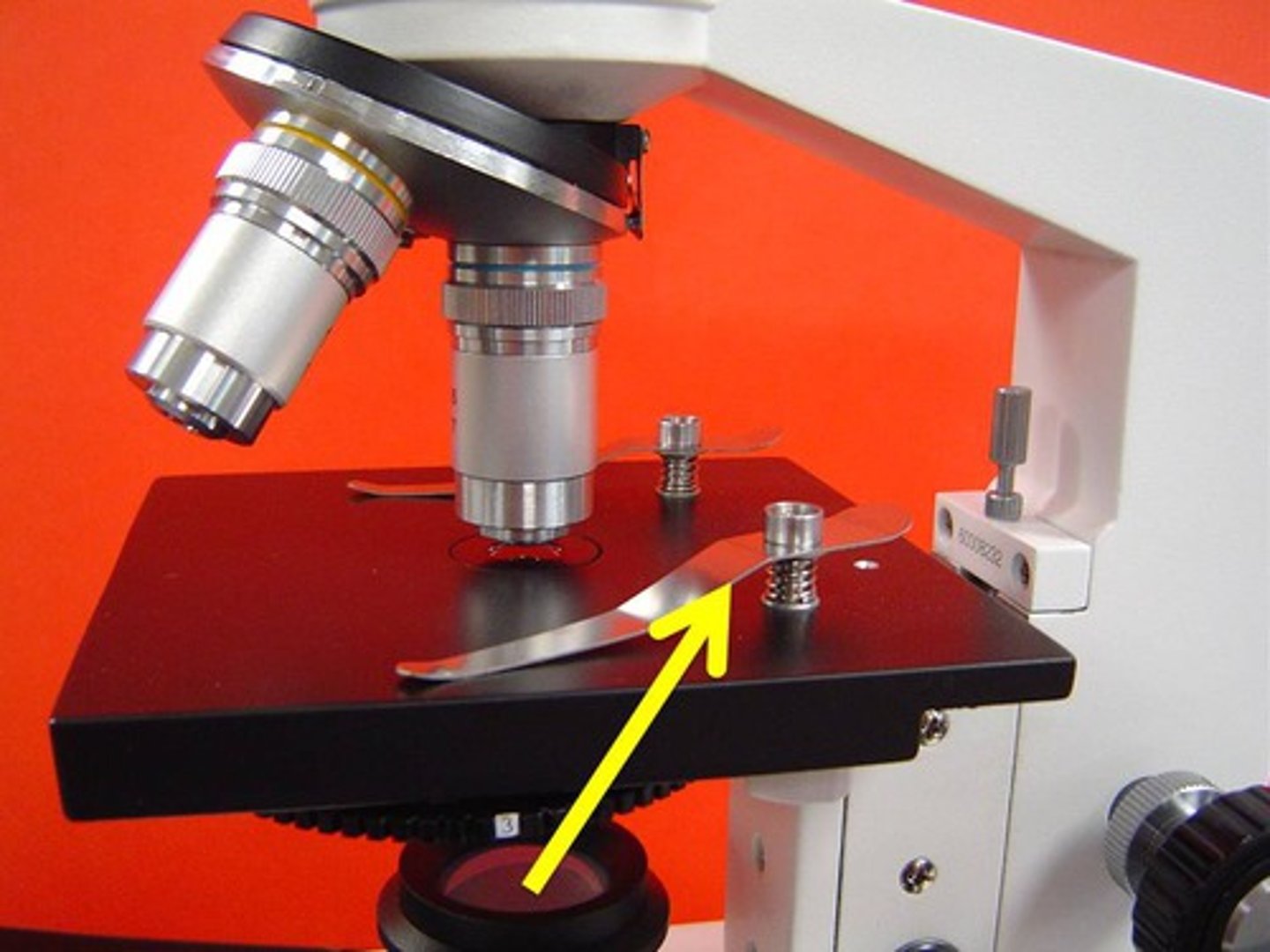
stage
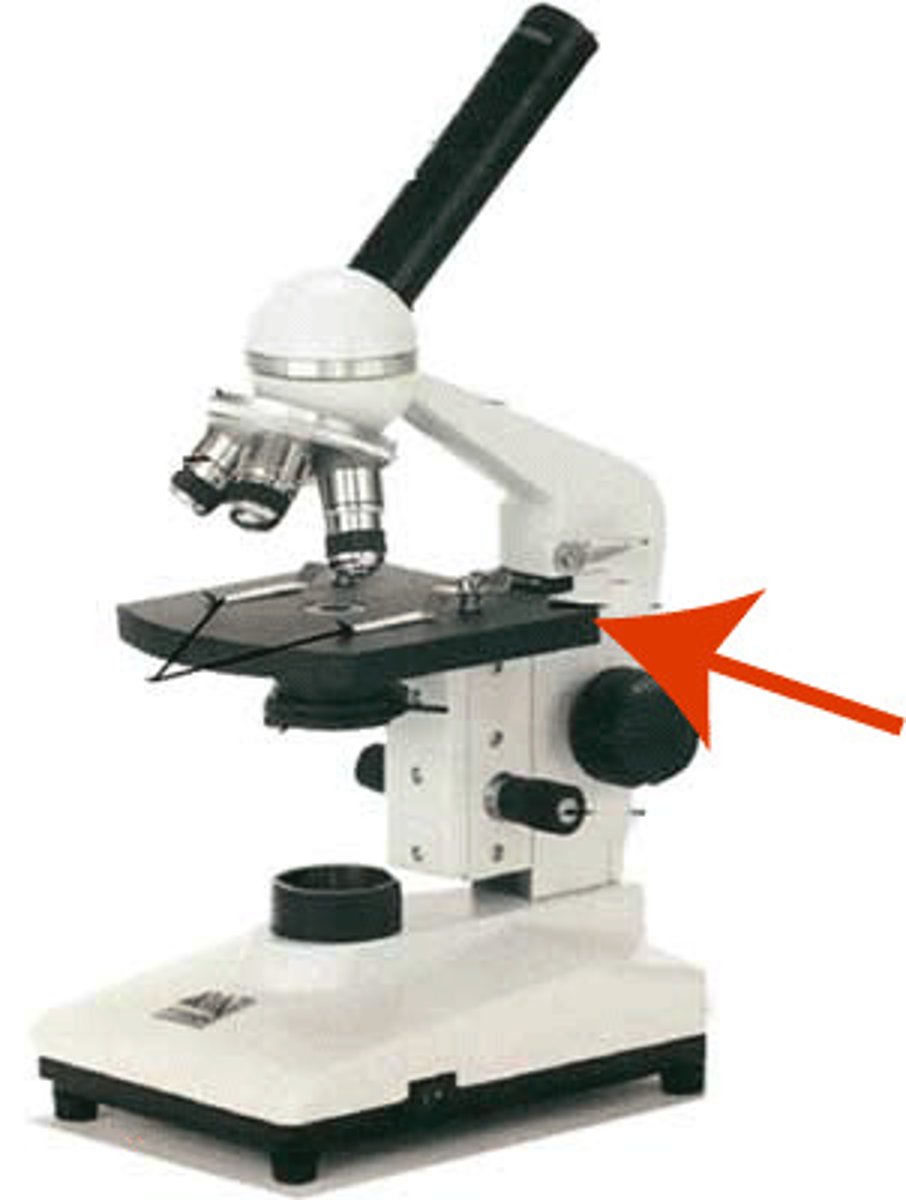
iris diaphragm
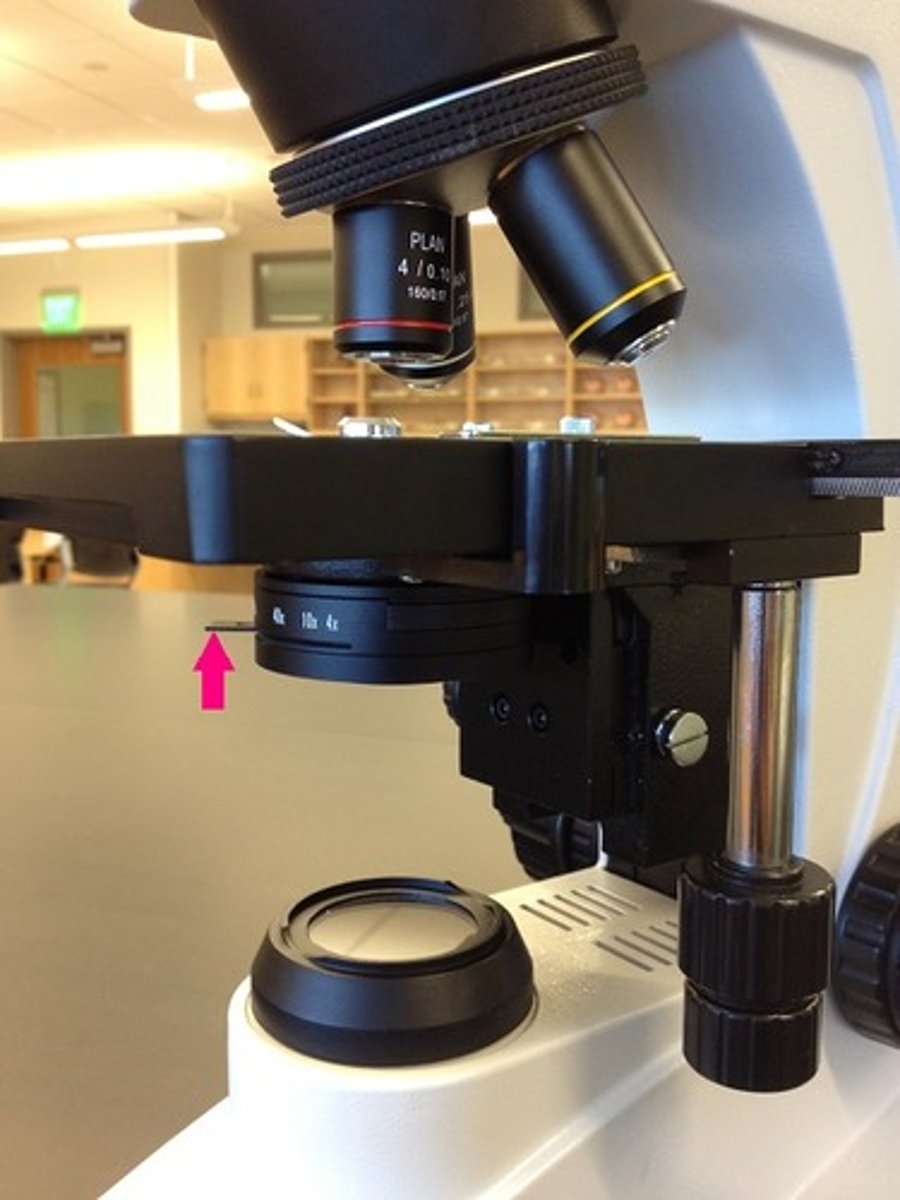
condenser lens

light source
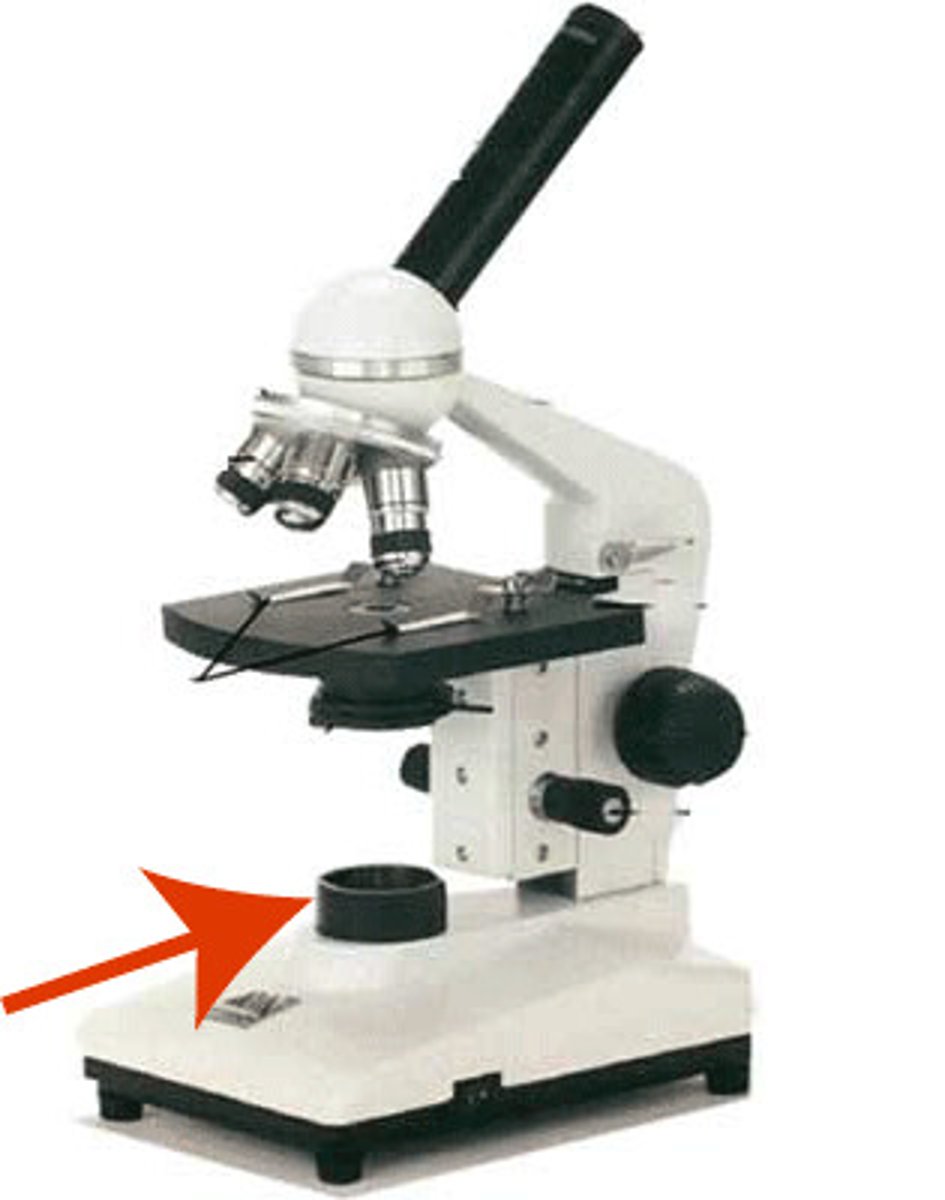
base
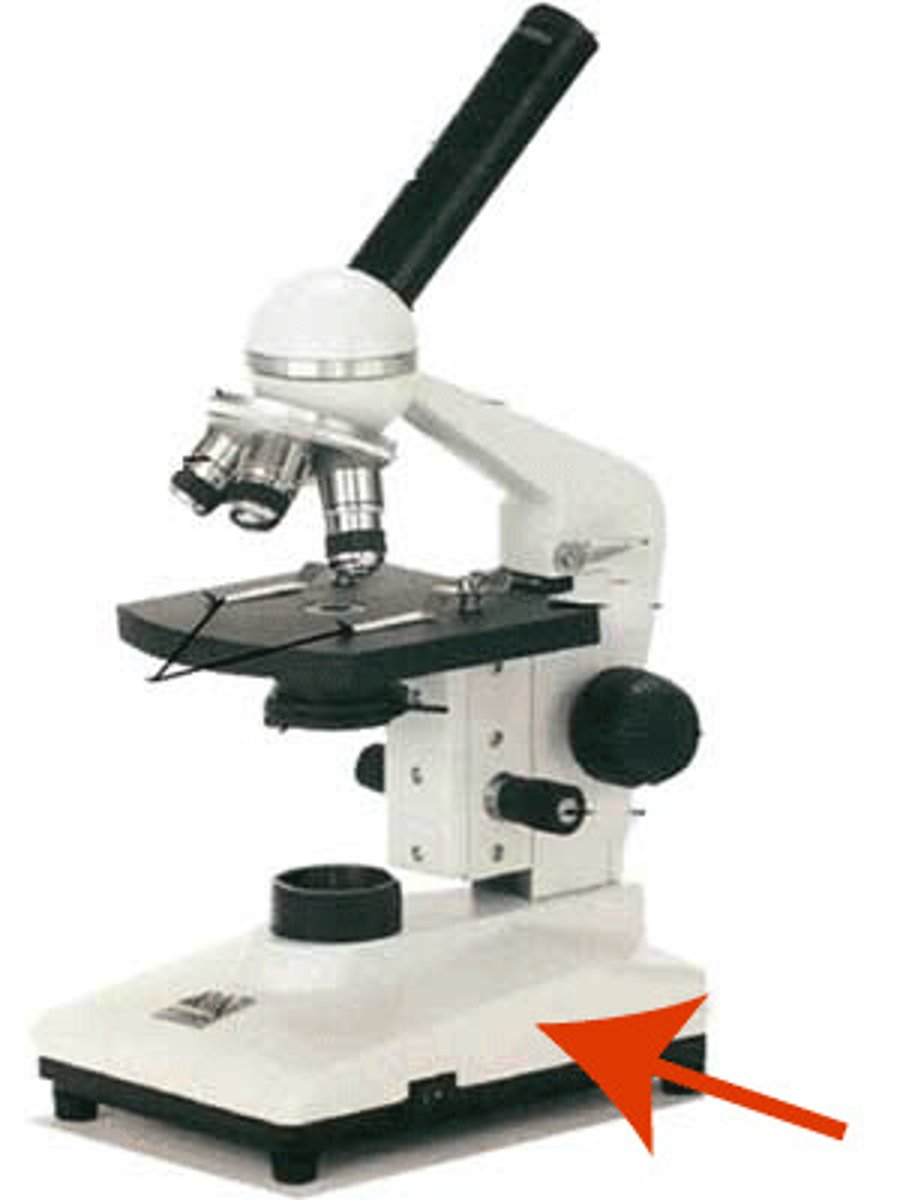
ocular eye piece
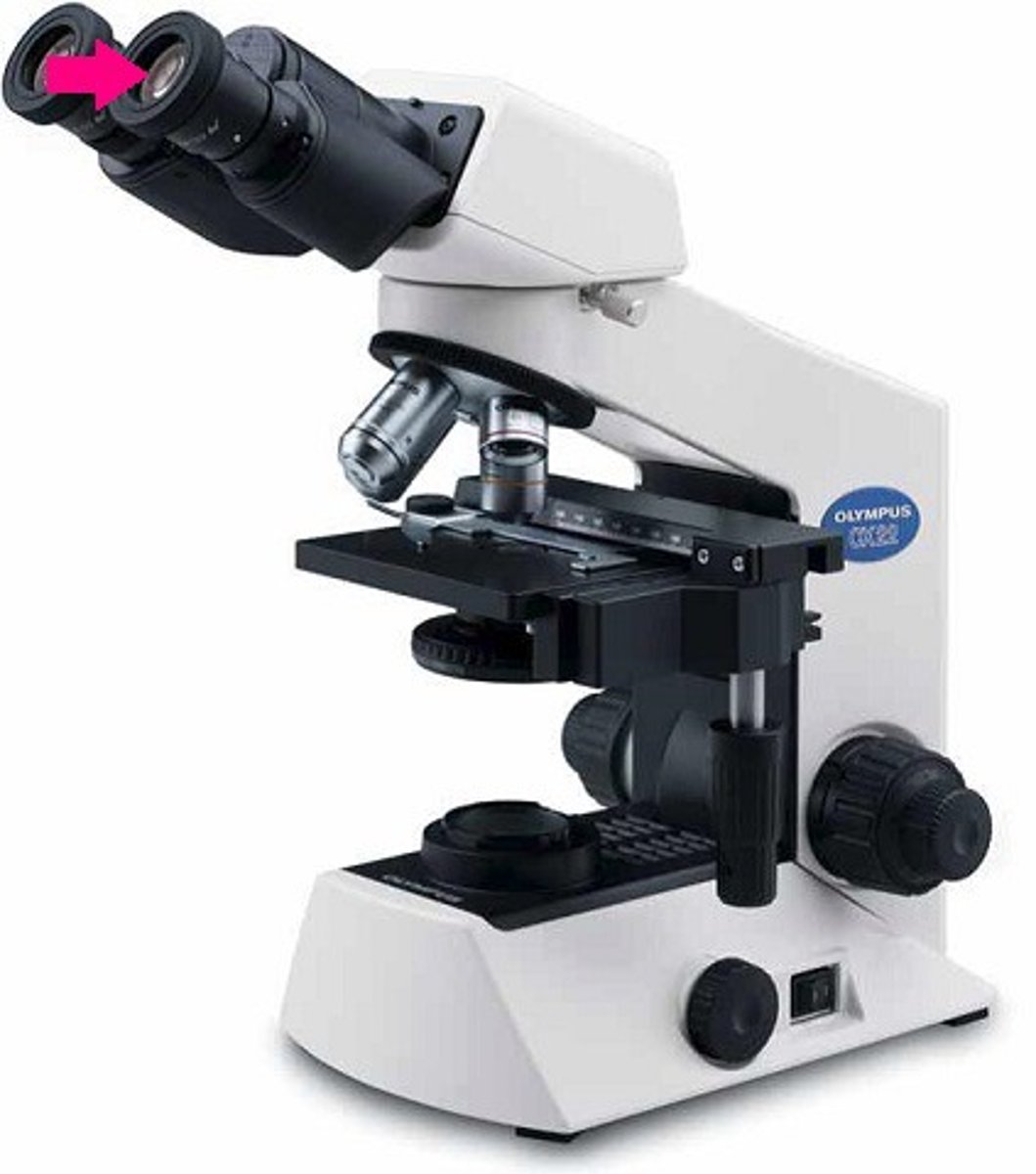
observation tube

arm

coarse focus
adjust with coarse focus on 10x, then only use fine focus to adjust when you switch lenses

fine focus
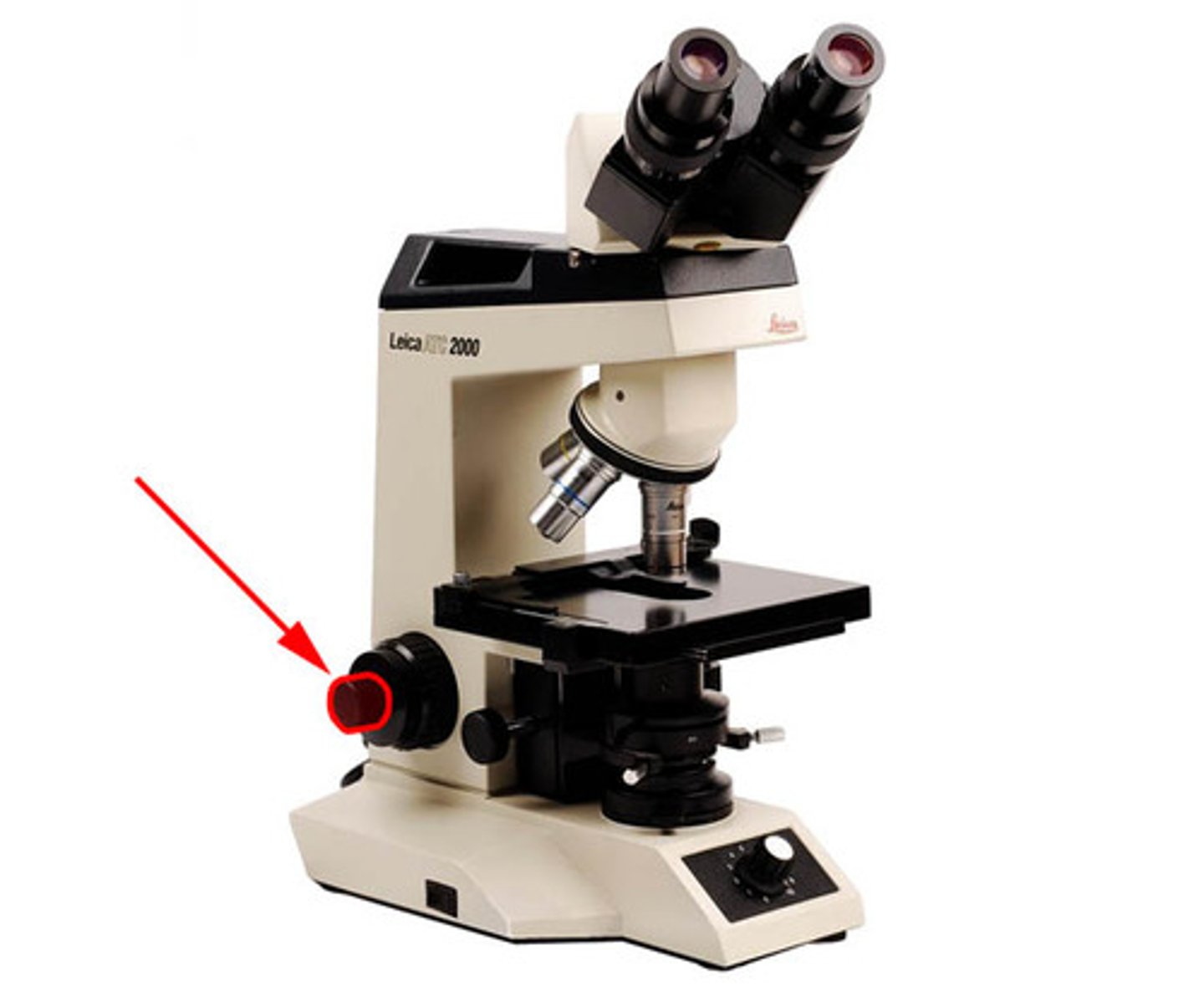
stage control knob
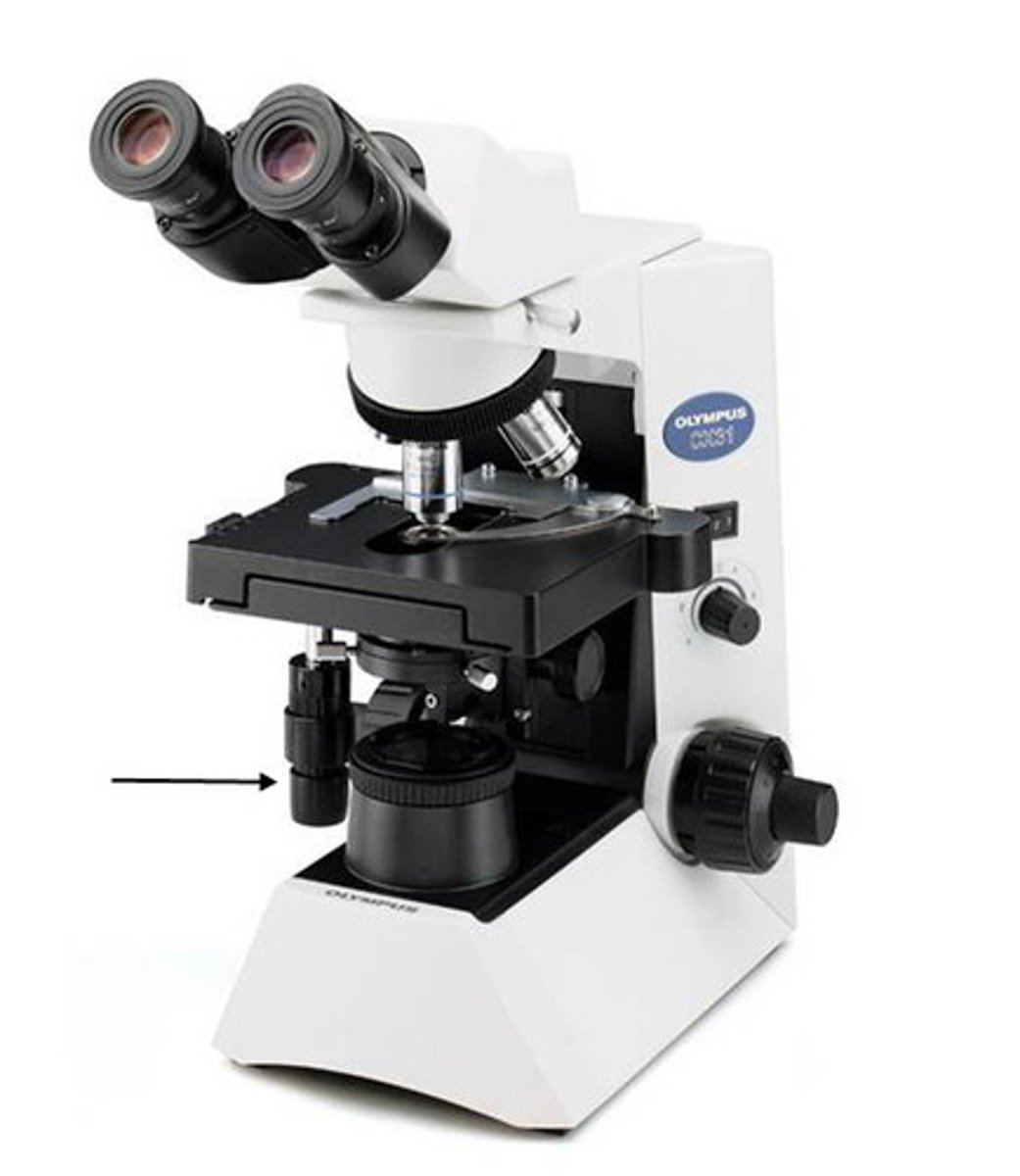
par focal
The capacity of an instrument to maintain focus regardless of the magnification used - if it’s focused on 10x it should still be focused in 4x
phagocytosis and stimulate lymphocytes
monocyte function
antibody producing cells and helper cells
lymphocyte function
phagocytosis
neutrophil function
allergic response, C3b receptor activation
Eosinophil function
IgE Fc receptor, kills indirectly via blood flow regulation
Basophil function
1-3
range of mastitis grading
lymphocytes, neutrophils, monocytes
3 most common immune cells in the blood
how to harvest a buffy coat
1. Spin collected blood (EDTA added) at 1000g for 10 minutes with the brake off
2. Using a transfer pipette, remove most of the plasma and decant
3. Carefully remove buffy coat and decant into test tube
explain how flow cytometry works
Sample Prep: Cells are suspended in fluid, often "tagged" with fluorescent dyes/antibodies.
Single-File Flow: Cells pass one-by-one through a narrow stream.
Laser Interrogation:
Light Scatter: Laser hits cell; forward scatter = size, side scatter = internal complexity.
Fluorescence: Dyes on cells glow, indicating specific molecules.
Detection: Detectors convert scattered/fluorescent light into electrical signals.
Data Analysis: Computer processes signals into plots to identify, count, and measure cell characteristics.
proper pipetting tips
ALWAYS use the best pipette for the volume you need to transfer
ALWAYS use the correct tips
NEVER turn a pipette upside down – tips down always
NEVER try to set the pipette beyond its range
what does the CMT test measure